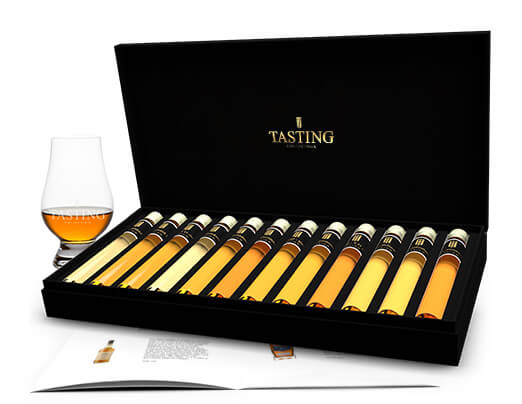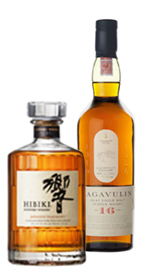VodkaVodka is a public favourite and will remain so for the coming years. Vodka has a 'unisex appeal'; the drink is loved by both men and women. In Cafés, clubs and discotheques, in addition to beer, Vodka's mixed drinks are the most popular drinks ordered. Worldwide, 4.5 billion litres of Vodka are drunk every year. This is one fifth of the total consumption of spirits. And the growth is not over yet. New brands and variants are still coming onto the market. |
The different kinds of Vodka
There are three different types of Vodka. The Eastern European Vodka (Poland, Russia, the Baltic States), Western Vodka (Europe, the United States) and flavoured Vodka. Eastern European Vodka usually has more taste characteristics of the raw material used, while Western Vodka strives primarily for a spirit that is as neutral and pure as possible. However, the difference between east and west is fading. More and more neutral Vodkas come from Eastern Europe, while many premium brands from the West give Vodka a more pronounced taste.
Premium Vodka
In all three categories, growth is mainly in the premium segment. The average vodka is on its ceiling. New brands are appearing on the market from countries where Vodka has its origins, such as Poland, Estonia, Russia and the Ukraine. These are often modern wheat vodkas. But also Vodka made from potatoes or rye has its appeal to some vodka lovers. The success of premium brands such as Grey Goose (France), Belvedere (Poland), Ketel One (the Netherlands) and Absolut (Sweden) is increasingly being followed. Experts think that Vodka will be a survival of the fittest race; only the strongest will survive. Premium brands make a lot of work of an exclusive look, while they take great care in selecting the ingredients, the distillation method and the filtering techniques. Variants like 'single malt vodka', 'vintage vodka' (Vodka with year), 'single estate vodka' and 'organic vodka' of organic grain fit in with this trend. There is an increasing distinction between premium, super-premium and ultra-premium. With the emergence of premium and super premium brands, a new consumer trend is also emerging. A growing group drinks the better Vodka pure or on the rocks to enjoy more of the taste of the Vodka itself.
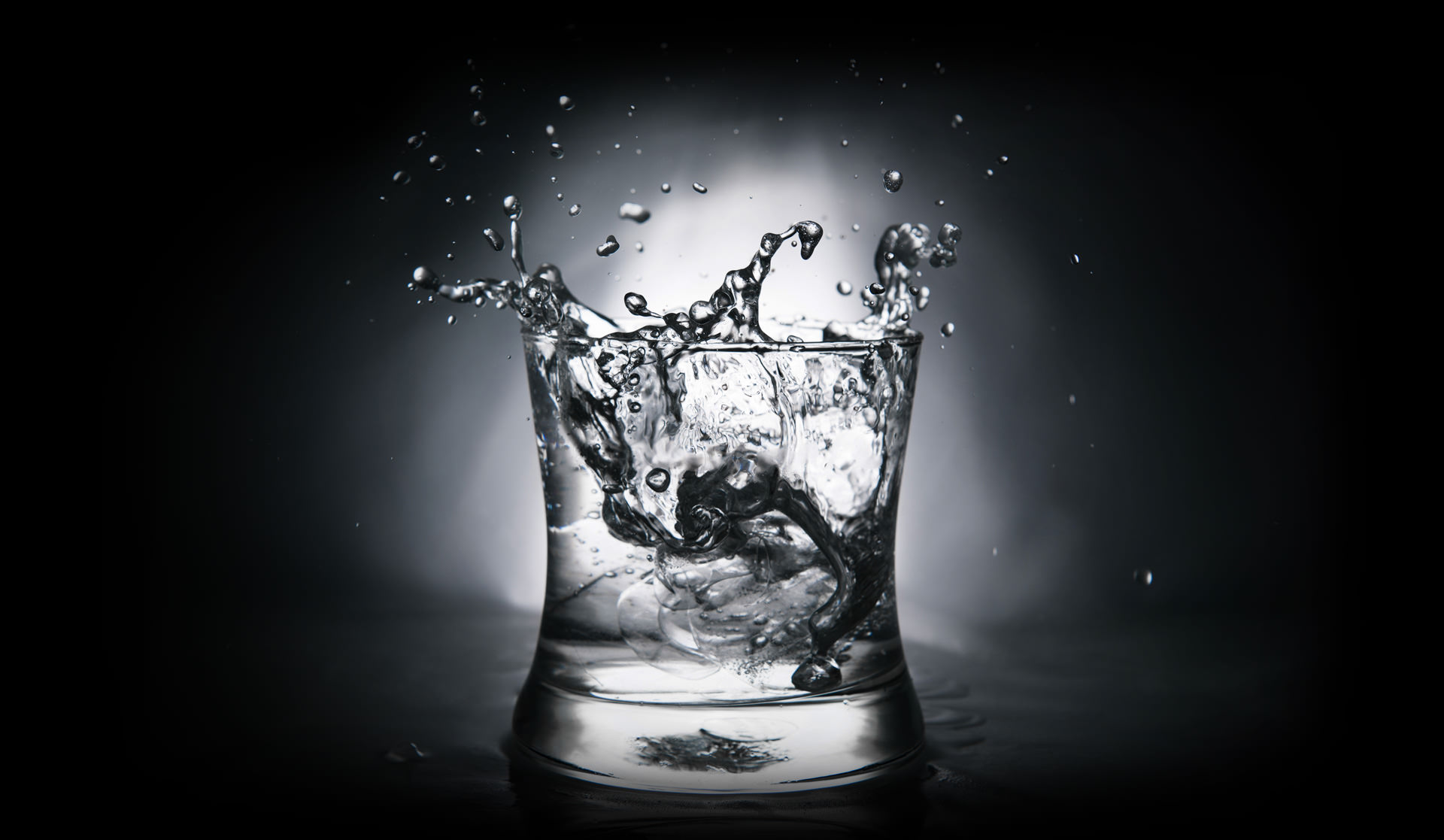
Vodka in cijfers
Internationally, Vodka is by far the leading spirit. In 2005, 4.5 billion litres of Vodka was consumed, almost five times more than rum and brandy (not counting cognac and armagnac), both of which have about 1 billion litres in the books. Scottish whisky is in fourth place with 0.7 billion litres. Vodka's consumption continues to grow, although at a lower rate than a few years ago. Vodka consumption increased by 18% in volume between 2001 and 2005, while global growth is expected to remain limited to 4.5% between 2005 and 2010. * - (Source: International Wine and Spirit Record)
The history of Vodka
Vodka, is probably the oldest spirit in the world. Russia and Poland both claim to be the first. Spirits were already produced in Russia and Poland in the eighth and ninth centuries, but the question is whether we can call this Vodka. The first written proof of 'real' Vodka comes from Poland in 1405. The distillation technique was primitive and the drink was mixed with fruit and herbs to cover up the hard taste. Vodka at the time had an alcohol content of only 14%. The purification of Vodka by filtering it over activated carbon, a special type of charcoal, did not come into vogue until the nineteenth century. Vodka was originally made from grape must, where today Vodka is mainly distilled from cereals. Today, the alcohol content of the drink is between 35 and 70 percent. Vodka is available in many different qualities. The more often distilled, the purer the Vodka. The process of distillation was discovered at the end of the Middle Ages. Scientists discovered that when alcohol is heated, it evaporates faster than water. The vapour collected was cooled down to a liquid containing a higher percentage of alcohol: a distillate. This discovery led to experiments with alcohol based on various products, such as grain and sugar cane. In Eastern Europe this technique was probably spread by monks who had already done so in Western European cities. Russian brandy, 'Vodka', soon became a popular drink among all sections of the population in Russia and Poland. The great popularity of Vodka made for a flourishing Vodka industry, with around 1700 in some cities in Russia and Poland up to 500 Vodka distilleries were established. After the Russian Revolution in 1917, the distilleries became state property. Many Vodka producers fled abroad, including the famous Smirnoff family, which established businesses abroad. Before the Russian Revolution, this family owned the largest distillery in Moscow and supplied Vodka to the Tsar. After the Second World War Vodka became more and more popular. It is still one of the most popular spirits today: about 4.5 billion litres of Vodka are drunk each year. Most popular is the drink in Russia, Eastern Europe and Scandinavia. In 2006 Smirnoff was even the best-selling beverage brand in the world. In that same year, research showed that as many as 2.5 million Russians were addicted to the drink. As a solution to this problem, the government raised the minimum price of half a litre of Vodka. The European Parliament decided, by means of the Schnellhardt-Compromis, that Vodka can be made from various raw materials, without losing the generic name Vodka. The condition is that the label must state what the raw material used is. Especially American and Russian variants may therefore still be sold as Vodka within the European Union.
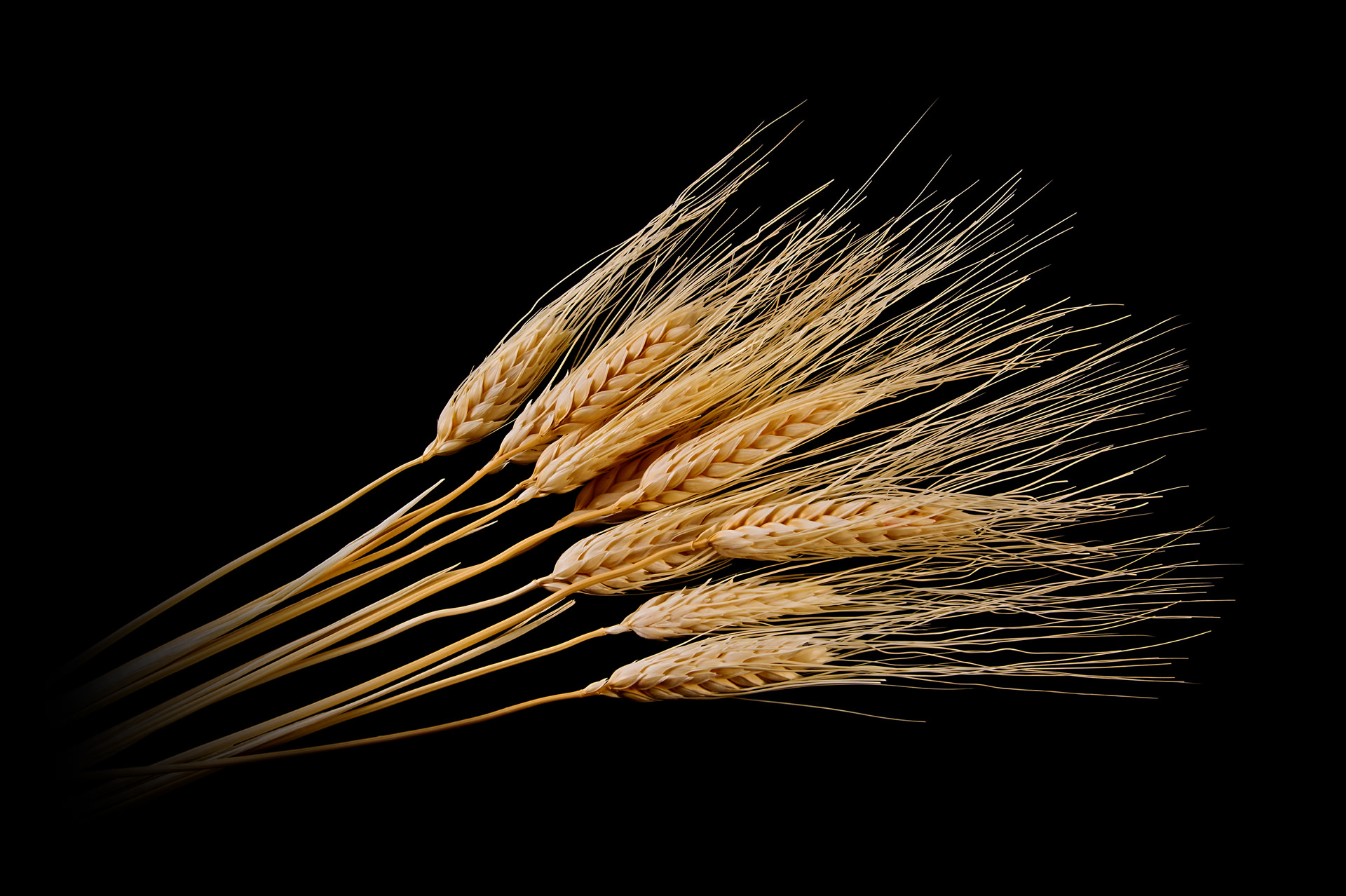
The production process of Vodka
Vodka is distilled to a maximum of 95% and diluted with water. The alcohol content is then between 35% and 70% (most Vodkas available on the market have an alcohol content of around 40% to 45%). Vodka is fired from grains such as wheat, barley, rye or potatoes. The grain is germinated, which results in fermentable sugar from the starch. This is fermented with water to a slightly alcoholic liquid. This liquid is then distilled and often stored in charcoal tanks that absorb all odours and impurities. The liquid is then filtered. Vodka does not have a maturation process, like most other spirits, but is sold directly from the distillation tank in the bottle. Most Vodka ultimately contains almost nothing but ethanol and water.
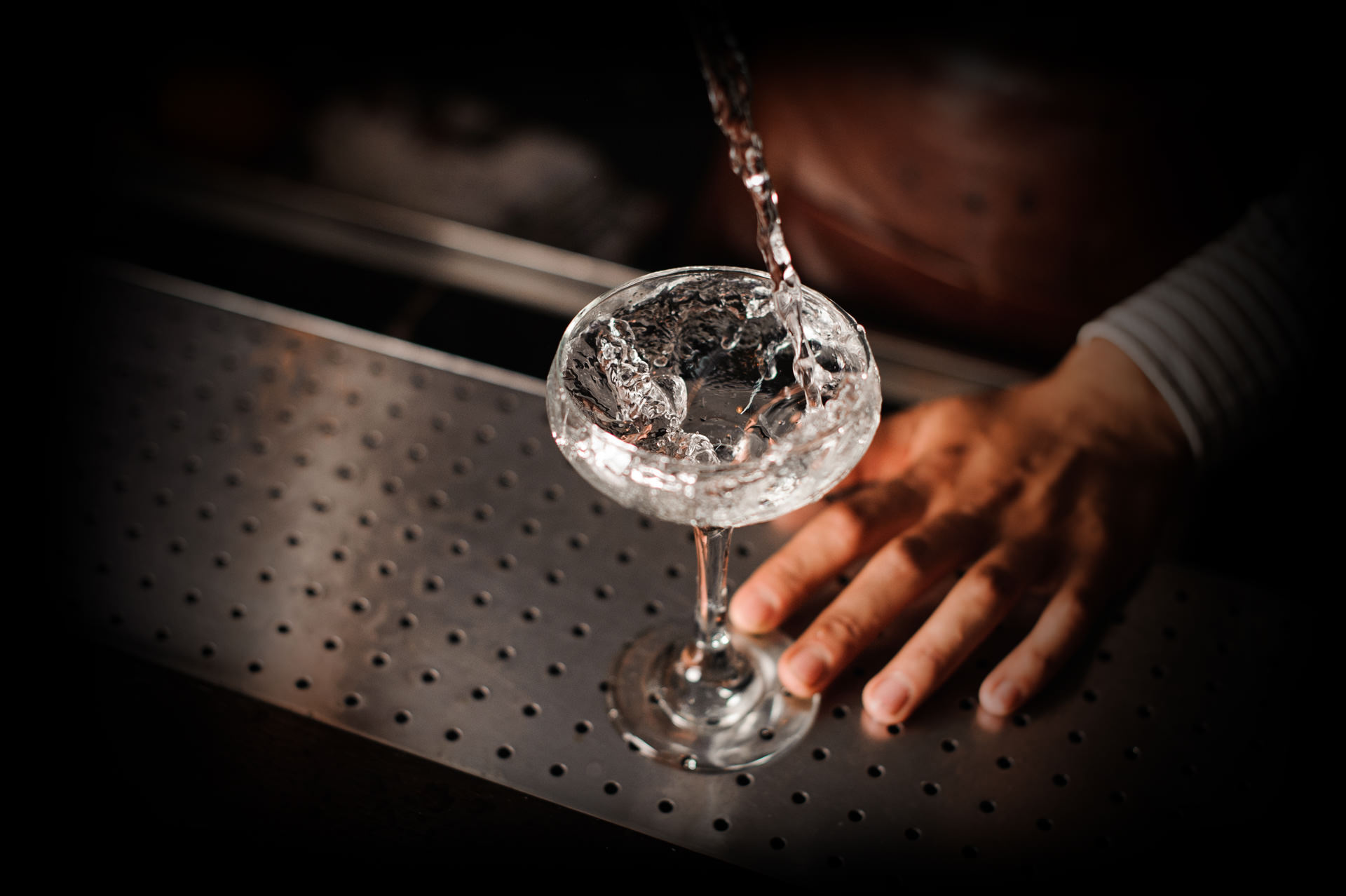
Vodka and cocktails
VVodka is ideal for making cocktails. Some well-known Vodka cocktails are:
- Bloody Mary
- Caipiroska
- Cosmopolitan
- Gold Digger
- Moscow Mule
- Sea Breeze
- Screwdriver
- Flatliner
- Vodka Daisy
- Vodka Lime
Vodka and cooking
Vodka is also excellent as part of a meat marinade. For example steak or tenderloin.Mix a part olive oil and a part Vodka with salt, pepper, chopped parsley and thyme, and a few cloves of garlic and let the meat marinate at room temperature for a few hours. Then bake as usual.
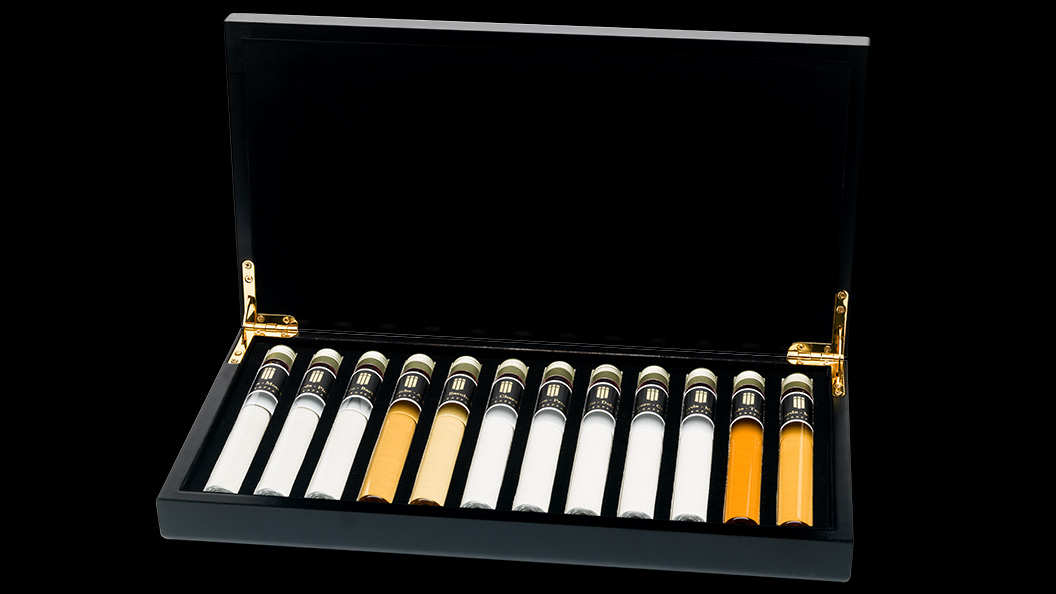
Vodka Tasting Collection
Have you become excited and would you like to taste the best Vodka? Then order a Vodka Tasting Collection, try them all and discover which Vodka you like best!

